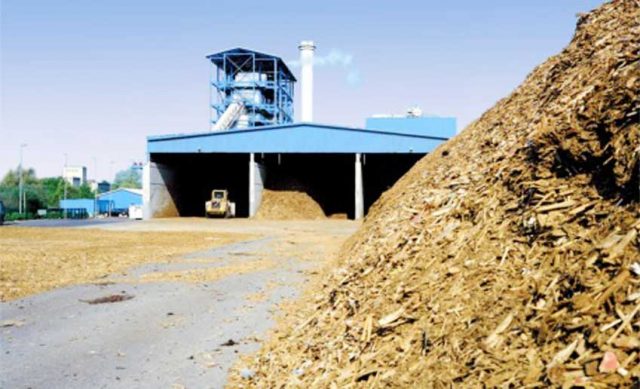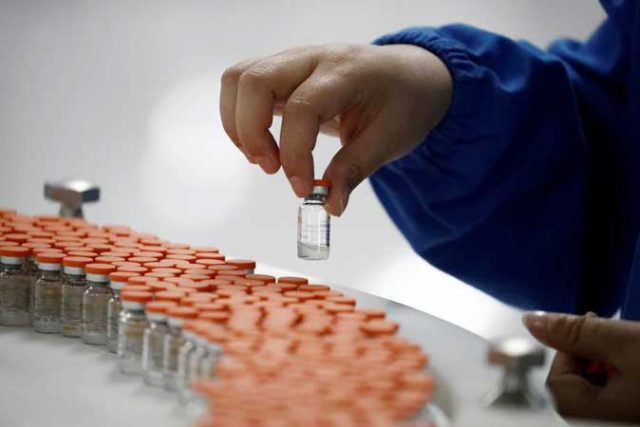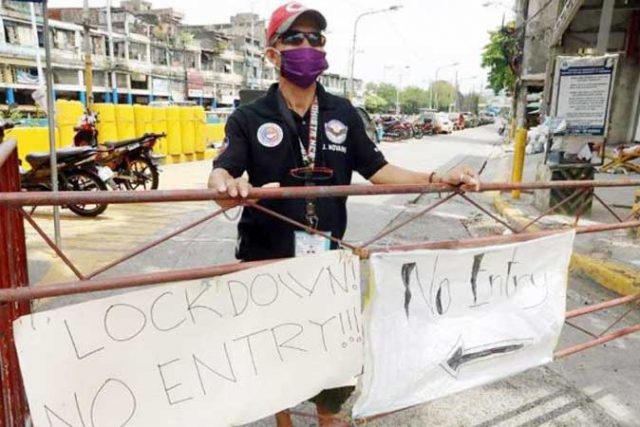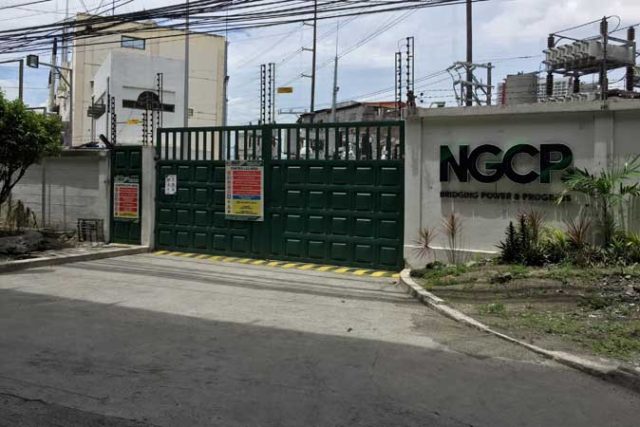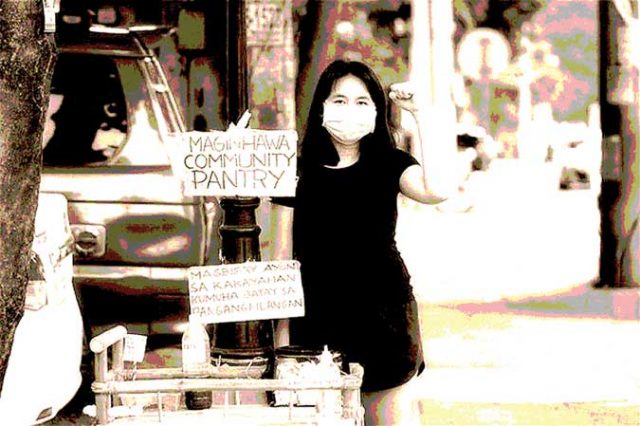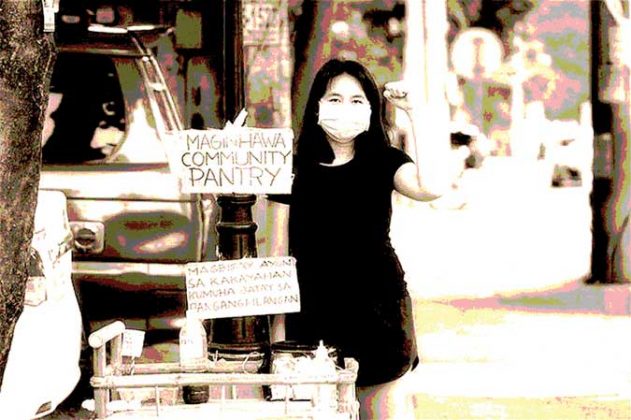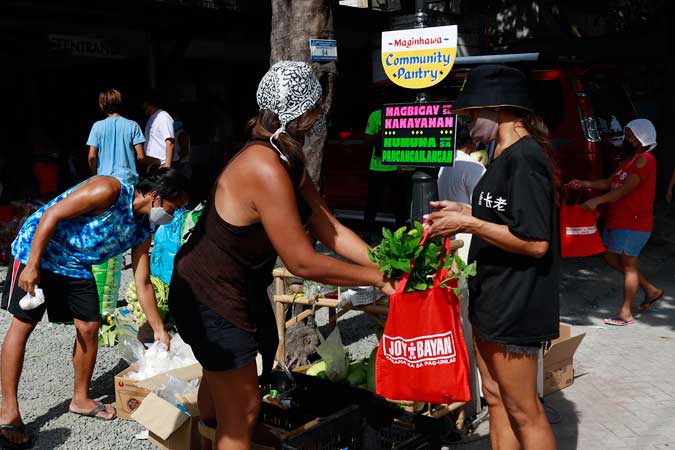It’s quite natural and understandable to be very pessimistic and depressed at this time. There seems to be no end to this pandemic and no coherent government plan to end it. Instead, we are seeing another surge, deadlier than the initial one. While I have friends who died in the first wave last year, I know of many more acquaintances and relatives who have recently gotten infected, a number of whom have died.
The government seems to be at a loss. Having imposed the strictest lockdown in the world last year with not much to show for it, the Duterte administration is caught between a rock and a hard place:
Continue the ECQ and other severe forms of mobility restrictions and risk multibillion losses to the economy, or relax the restrictions and risk overwhelming the hospitals and letting the virus go unchecked.
Between the “hammer” and the “dance,” the government has only resorted to the “hammer” of lockdowns. The government has wasted one year because measures to contain the virus more smartly — mass testing, tracing, isolation and treatment — have still not been done. There are as many tracing apps as there are LGUs. Surge hospital and isolation capacity hadn’t been built even as the government started loosening the restrictions to perk up the economy.
Moreover, the IATF keeps making decisions not based on evidence and data. It restricted outdoor exercise to 6 to 9 a.m., when evidence has shown that when there’s outside natural ventilation, the risks are much lower. Extended curfews were imposed, giving commuters a small window to get home, risking crowding in public transportation. The result has been messaging that people were unlikely to follow because they lacked common sense.
All the while, the government’s vaccination program has been a mess. The government has been late to procure vaccines. It first tried to monopolize procurement and deny the private sector the right to procure on its own. It tried to erect one bureaucratic hurdle after another at the private sector, including mandating that the private sector must follow the Department of Health (DoH) protocols for prioritizing who may get the vaccine. The result is that the country is way behind other countries in vaccination per capita. Consequently, the government is left with no option but to impose another lockdown to contain the virus surge.
Contributing to the air of public pessimism is a president who seems tired and out of ideas.
What is worse is that he keeps the same team which had clearly failed in managing the pandemic.
Instead of giving people hope, all President Duterte does is double down on criticizing Leni Robredo and Leila de Lima and perpetuating a reign of human rights abuses.
That said, some rays of light are showing through the dark clouds. If one wallows only in pessimism, one will miss several important things happening. I refer to structural changes which will foster sustainable economic growth in the long run. To wit:
EO 127 which classified satellite broadband as a value-added service. This means that accessing satellites would no longer be confined to those which have telco franchises. Under the new EO, ISPs (Internet Service Providers) and VAS (Value-Added Service) providers registered with the National Telecommunications Commission can now access more than 15 high throughput satellites, including Elon Musk’s Starlink, which have the Philippines under their respective footprints. Broadband speeds of as fast as 150 mbps can be made available anywhere in the Philippines where one can put up a satellite dish. This will make internet service accessible even in remote areas, and promote distance learning and financial inclusion.
The Department of Environment and Natural Resources (DENR) DAO 2020-18. This DAO liberalized tree plantation. The previous DAO, issued under former President Aquino’s DENR Secretary Ramon Paje, mixed natural forests and planted forests and essentially killed the tree plantation and wood processing industry with regulatory overreach. The new DAO will revive the tree plantation industry once again. Being a mountainous tropical country, the Philippines has a competitive advantage in forest production but it had wasted its opportunity to develop the forestry sector because of over-regulation and uncertain property rights.
The Public Service Act (PSA) is finally moving in the Senate after President Duterte certified it as urgent together with amendments to the Retail Trade Liberalization and the Foreign Investment Act. As I keep saying, the PSA is the most consequential economic legislation since the founding of the Republic. Nay, perhaps since the Commonwealth era because nationalist protection of “public utilities” started in the 1935 Constitution and is the reason why the Philippines has retrogressed economically compared to its once backward but now more progressive neighbors.
The PSA will redefine public utilities so that only natural monopolies are deserving of the nationalist protection of a 40% foreign ownership limit in the Constitution. If the PSA is passed, the transport and telecommunications sectors will be open to 100% foreign investment. This will increase competition and break the back of the monopolies strangling these strategic industries. We will see more investments, increased competition, more innovation, technology transfer, lower prices, and better service in transportation and telecommunications that will have positive ripples throughout the economy.
More than ever, there is a great chance that the PSA will, after eight years, be finally passed.
Sometimes, a crisis forces the mind.
There is, however, another recent EO that will also be a huge boon to economic development.
Two weeks ago, President Duterte issued EO 130, which lifted the ban on new mining development imposed by former President Ninoy Aquino. The previous EO halted the issuance of new mining licenses until the institution of a new fiscal regime.
EO 130 justified the lifting of the ban because the excise tax on mineral products had already doubled in 2017 from 2% of Gross Sales to 4% under RA 10963 or TRAIN. It also said that with new regulations, environmental safeguards are in place.
Government estimates that the proposed contribution of new Mineral Agreements will amount to P5 billion in royalty fees, P20 billion in annual government revenues, P57 billion in exports, and generate 41,000 jobs in the countryside.
More than the activation of shovel-ready projects, the new EO provides a regulatory environment where the mining industry in the Philippines can reach its full potential.
The Philippines is one of the five most mineralized countries in the world. Valuable minerals, such as gold, copper, nickel, manganese, chromite as well as non-metallic minerals like marble and limestone, lie abundantly in its domain. Mining development has never reached its full potential because of legal, regulatory, and public relations issues. Environmental disasters of a long time ago, such as the Marcopper tailings disaster, turned the public against mining and spurred anti-mining activist fervor. Unregulated small-scale mining, which doesn’t adhere to any environmental standards, also contributed to mining’s negative public image.
However, if mining is properly regulated and the industry self-regulates in accordance with international environmental standards, there’s no reason why the Philippines can’t use mining to increase the people’s living standards, in much the same way that Australia and Canada do.
Why do I say that mining is an industry of the future?
There are two main trends that are driving increased demand for metals worldwide. First is the increased demand for computer and tech equipment which started during the pandemic and is expected to last for years. In fact, the demand has been so high that this has led to a global chip shortage, affecting industries such as car manufacturing. Minerals such as copper, lithium, cobalt, and nickel are needed to produce cell phones, computers, smartwatches, and the Internet of Things (IoT).
The other huge demand driver is the coming shift to electric cars. By 2035, GM expects its line-up to be all electric. The other carmakers won’t be far behind. Presently, electric cars constitute only about 2% of all car production but that will grow to 80% in 20 years.
However, the core of electric cars is the EV or electric car battery, which is mostly made of lithium, cobalt, nickel, manganese and other minerals. Elon Musk is already foreseeing a shortage of nickel, and Tesla is being wooed by the Indonesian government to put up a plant in Indonesia, a major source of nickel. The Philippines is rich in nickel and cobalt too.
In other words, what Saudi Arabia, Kuwait, and Venezuela were to the oil industry (which is expected to decline with the shift toward renewables), minerals-rich countries, such as Bolivia, Congo, Australia, Canada, and perhaps the Philippines could be on top of the new global energy order. And because the United States doesn’t want to be dependent on China, it would seek to develop a supply chain from among friendly countries. Therefore, mining is the industry of the future and the Philippines could be a superpower in mining.
That is the dream. In the meantime, there’s this pandemic to defeat.
Calixto V. Chikiamco is a board director of the Institute for Development and Econometric Analysis.
idea.introspectiv@gmail.com
www.idea.org.ph


